How To Check and Pay My Traffic Fine Online in Canada 2023/2024
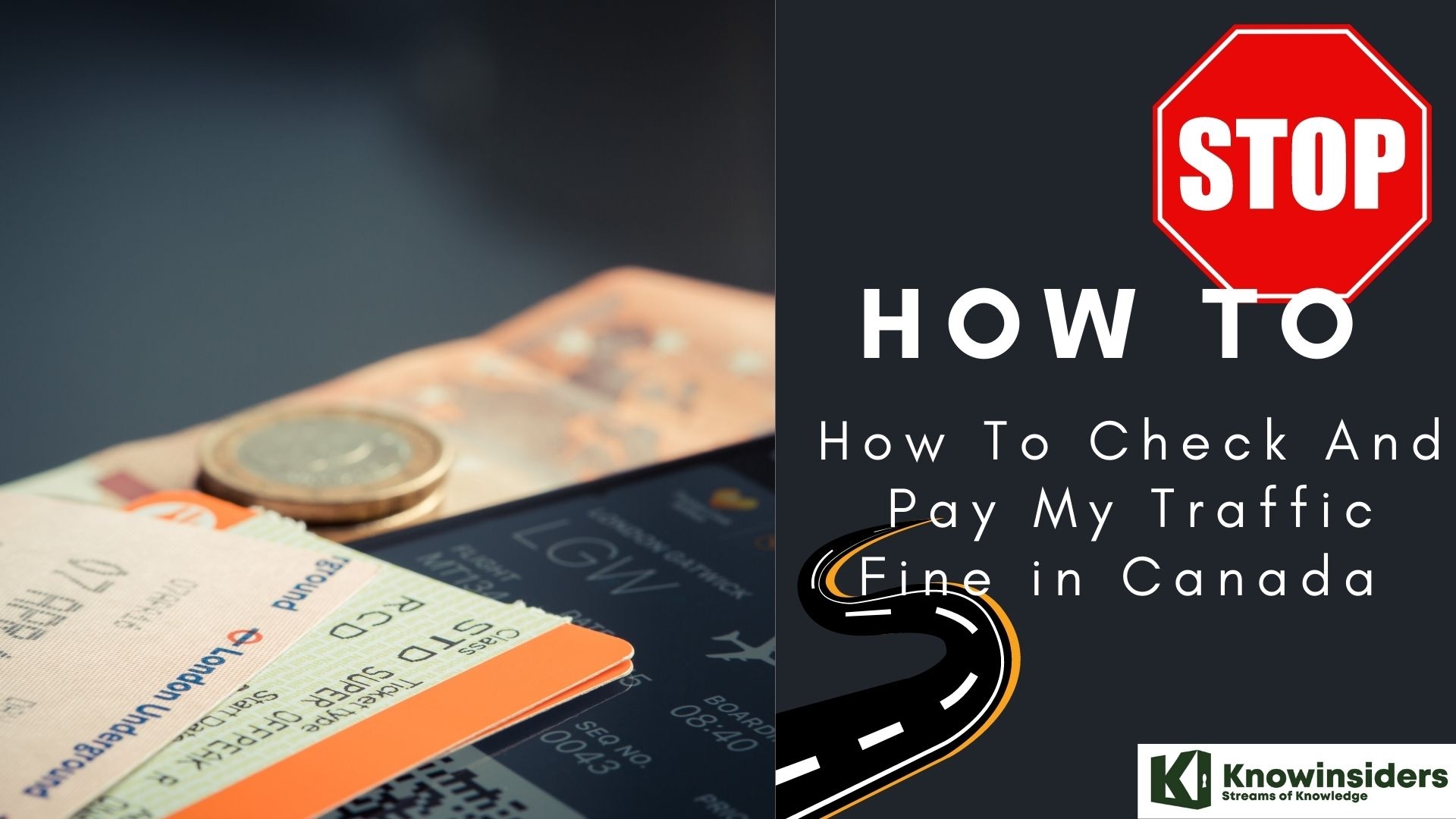 |
| How To Check And Pay My Traffic Fine Online in Canada |
| Contents |
Police in Canada issue a large number of traffic citations daily, and many of them are for the same violations. These traffic violations account for the vast majority of police stops and are a leading cause of insurance premium increases in Canada. It's important to be cautious and alert while driving because the same actions that get people tickets also cause accidents.
The traffic laws and penalties in Canada should be familiar ground if you plan on driving there. Read on for information on where to go to verify and settle your traffic ticket.
♦ Read More: How to Check The Car Owner In Canada by License Plate Number
Roads in Canada
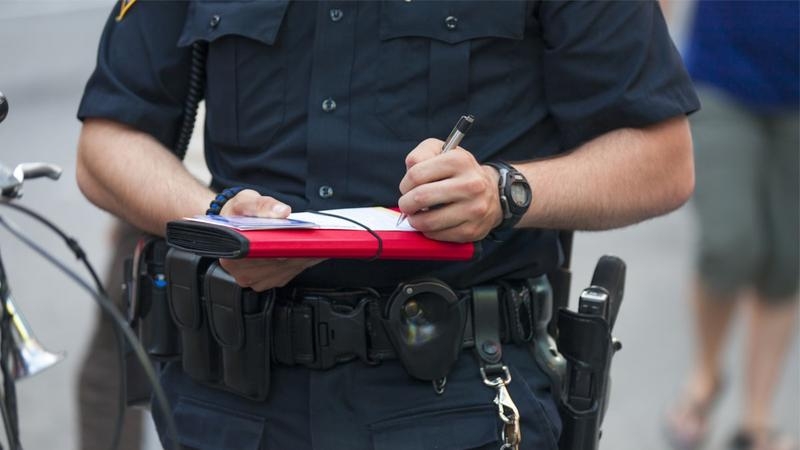 |
| Photo: InsuranceHost |
Canada is home to the Trans-Canada Highway, the world's fourth-longest roadway at over a million kilometers in length. Provincial governments are responsible for the majority of road maintenance in Canada, and toll roads are rare (most of which are found on a handful of bridges and near the US border).
Road density increases toward the south and in and around major cities like Toronto because of the country's size and layout. Many miles may pass between seeing another car outside of major cities.
Here are the main types of roads in Canada:
Local streets
Most local roads in Canada can be found in more rural or suburban settings, and their sole purpose is to provide access to private property. They require at least one sidewalk and have slow traffic speeds.
Highways that serve as feeders for other major highways
Specifically, collector roads are built to funnel traffic onto more major thoroughfares. Each one will have sidewalks on both sides and traffic signals at the intersections with arterial roads.
Minimal main thoroughfares
This roadway's primary function is to improve traffic flow, but it will also provide access to a limited number of land parcels. They do not use "stop" signs, but rather rely on traffic lights to regulate movement at intersections. Both sides of the street also feature sidewalks.
Principal thoroughfares
Since the primary purpose of these roadways is to carry traffic, they typically feature access controls (such as requiring drivers to stop at a signal or stand in a queue before entering the flow of traffic). Most roads have a speed limit of 50-60 km/h and sidewalks on both sides.
Expressways
When comparing to the roads in the United Kingdom, expressways are the equivalent of motorways. The typical speed limit is between 80 and 100 km/h. Neither bicyclists nor pedestrians are permitted on the property.
How to Drive in Canada
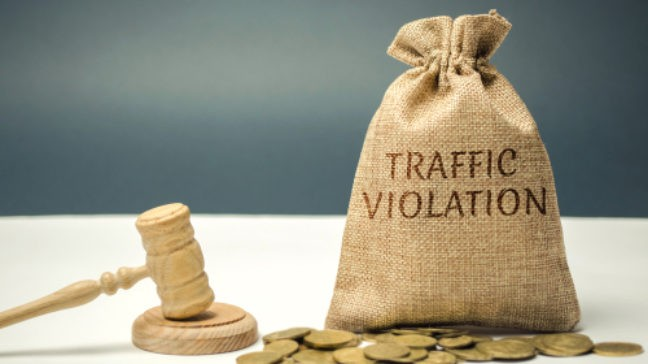 |
| Photo: Shutterstock |
Driving in Canada is relatively simple. Canadians are well-known for their courtesy, which extends to their driving habits as well. They place a strong emphasis on safety and defensive driving, so you won't see much erratic behavior.
In Canada, you're more likely to hire an automatic transmission car than a manual vehicle (though manual cars are available and may be preferable if driving in winter). However, most drivers quickly adapt to automatic driving, and it can make life easier when traveling long distances.
If you're thinking about taking a road trip across Canada, don't underestimate the distances involved. Make sure you've planned a safe route and that you have enough fuel, food, and water. If you're driving in the winter, you should take extra precautions in case of a breakdown (more on winter driving below). It's also important to keep in mind that wild animals like moose and elks wandering onto the road are a real problem in Canada, especially at night, so drive cautiously.
Canada driving rules
The driving regulations in Canada are similar to those in the United Kingdom. However, Canadian cities adhere to a grid system, similar to much of Northern America, and roundabouts are much less common in Canada than in the United Kingdom. This means you will have to become accustomed to driving with more stops and starts.
What side of the road does Canada drive on?
Like most of the world, Canadians drive on the right-hand side of the road. If this is your first time driving on the right, spend some time getting used to it on smaller side roads.
Who has right of way?
The right of way operates somewhat differently in Canada. First, traffic lights at intersections: when the light is red, you are permitted to turn right, but you must do so carefully and watch out for pedestrians (this is true for everywhere except Montreal). In Canada, there are two different kinds of green lights: a flashing green light indicates that you have the right of way to make a left turn, whilst a stable green light has the same meaning as in the UK.
The car to the right always has the right of way at intersections with four lanes or without traffic lights, which are frequent in rural areas.
What is the speed limit in Canada?
Instead of being expressed in miles per hour, speed limits in Canada are expressed in kilometres per hour. All roads have posted speed limits (although not always as frequently or clearly as in the UK).
Unless otherwise indicated, the speed limit in metropolitan areas distant from major arteries is often set at 50 km/h.
The posted limit for rural roads outside of towns is 60 to 80 km/h.
Highways will have a maximum speed restriction of 80 to 100 km/h, with a 60 km/h minimum.
Driving in adverse conditions in Canada
It can get as cold as -40°C in some areas of Canada, which is known for its bitterly cold and snowy winters. So, it's crucial to take extra precautions if you intend to drive in Canada during the winter:
Make sure the rental vehicle has chains or winter tires (in some provinces this is a legal requirement)
Bring paper maps, snow scrapers, and a lamp with extra batteries in case your GPS malfunctions.
Dress accordingly; wearing warm clothing is necessary.
Bring a sleeping bag just in case you do experience a breakdown; it can save your life to have a warm sleeping bag.
Bring a heater; to make winter driving more tolerable, many Canadians keep heaters in their vehicles.
Plan your travel and inform others of your destination.
Avoid nighttime driving and exercise extreme caution while operating a vehicle.
‘Safety first’ is the rule
Canadian driving law is heavily focused on safety, so bear in mind that:
- There are stiff penalties for driving under the influence. The limit is 80 mg of alcohol per 100 ml of blood – which is the same as in the UK
- Safety belts must be worn at all times
- You cannot use a mobile phone while driving, but you can use a hands-free system
The Most Common Traffic Tickets in Canada
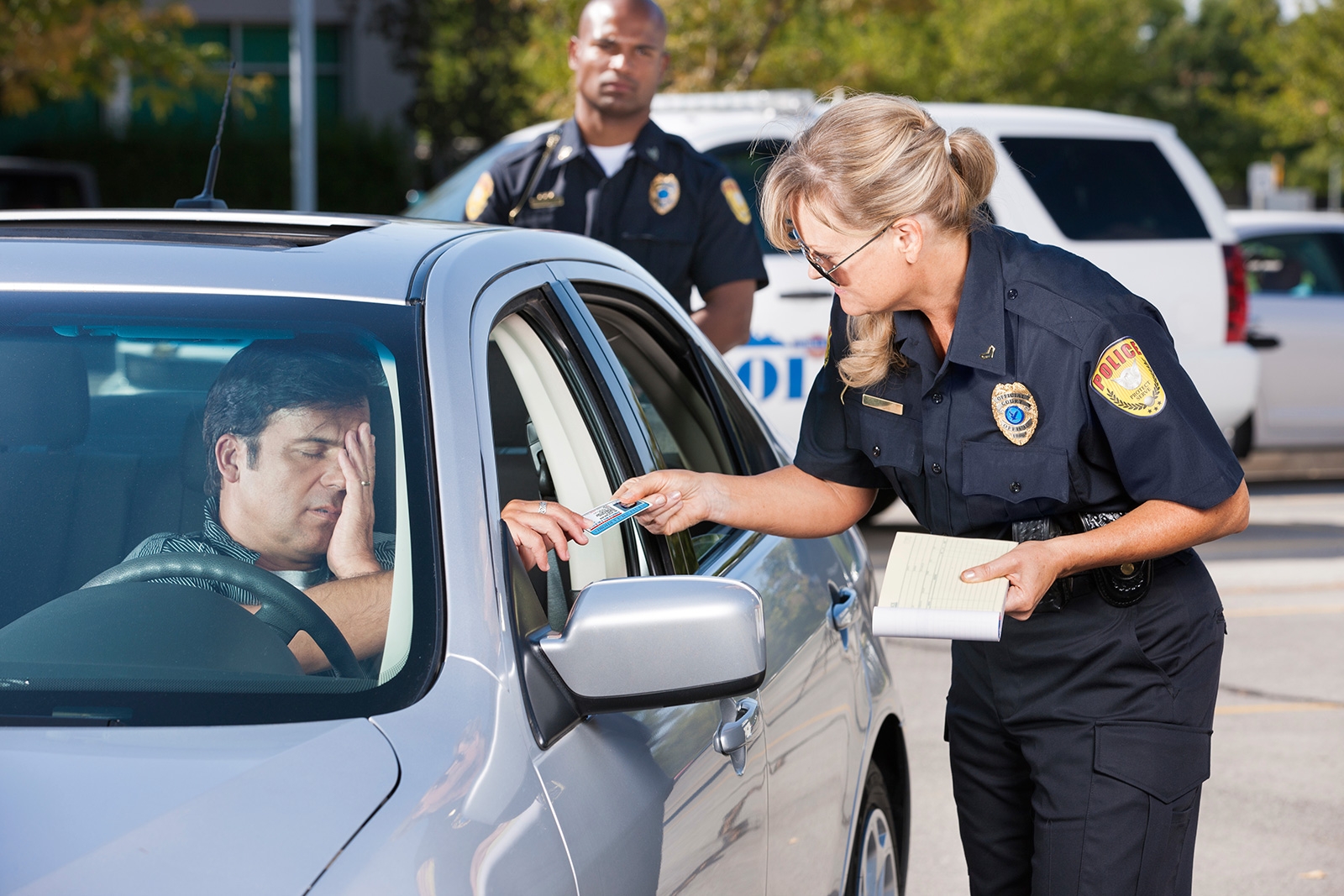 |
| Photo: trafficticketsexperts.ca |
Speeding
This is undoubtedly the most typical traffic infraction in Canada, and most of the time it is only a minor infraction. Due to our hectic schedules and rush to get from one place to another on time, many of us have the unfortunate habit of speeding. Regrettably, speed is frequently a contributing factor in collisions; the quicker you are driving when you collide with another vehicle, the more catastrophic the incident.
The amount of a speeding ticket fine varies by province and how much over the speed limit you were traveling at the time you were pulled over. You can also pay more for your auto insurance. If you acquire another speeding ticket within that period, you may notice that your rates go up even further. Insurance companies can charge you for this all-too-common ticket for three years from the date that you are found guilty, NOT the date that you received it.
One of the most prevalent and expensive bad driving habits of Canadian drivers is driving too fast.
Not stopping at a stop sign
At some point throughout their driving careers, the majority of motorists have been found guilty of running a stop sign. It should come as no surprise that one of the most typical infractions issued by Canadian police is this one. It can be tempting to simply drive through the intersection if no one else is present. Sadly, if a police officer is there, it can result in a ticket. Even worse, this infraction might result in a catastrophe if you missed something, like a pedestrian crossing the street.
This ticket may have a three-year impact on your insurance rates, similar to a speeding ticket.
Not Wearing a Seatbelt
Wearing a seatbelt is a legal requirement across Canada whenever you are in a moving vehicle. In reality, the driver is liable for any passengers under the age of 16 who are not buckled up and wearing seatbelts. Although the use of seatbelts has increased in Canada since the rules were implemented, it continues to be one of the most frequent traffic infractions.
It has been demonstrated that seatbelt wearing prevents fatalities in collisions; refusing to use one puts your life in jeopardy. Additionally, it may endanger the other passengers in the vehicle. Whether or not this ticket affects your insurance premiums will vary on your province and the insurance provider, but it will cost you a lot of money regardless of where you live.
Incorrect turns
For a number of potential incorrect turns, Canadian drivers are also frequently issued traffic tickets. These can include turning when it's not allowed to and turning in the wrong direction. It can be a very risky habit because this kind of behavior makes it harder for other drivers to predict your next action.
This ticket may result in an increase in your insurance rates in addition to the fine for making an incorrect turn.
Red Light Running
Drivers are constantly attempting to arrive at their destination faster and beat the light. Unfortunately, running a red light might result in an accident and a traffic citation, which could cost you a lot in fines and insurance premiums. The installation of red light cameras has increased the likelihood that motorists will be apprehended for running red lights, making this traffic infraction one of the most prevalent in Canada.
Running a red light is a common reason for collisions and the collision of automobiles with people. If a ticket is the only outcome, it may cost you three years' worth of insurance, but it's a risky behavior that should be avoided at all costs.
Stupid Driving
Careless driving is one of the most frequent traffic penalties, according to Pointts, the traffic ticket experts, but it is also one of the tickets that is most frequently successfully contested in court and expunged from the driver's record. This is perhaps because the definition of careless driving depends more on an officer's discretion and is less precise.
Even while it could be simpler to contest this ticket and succeed, that doesn't make it any less of a risky driving behavior.
Depending on the policies of your insurance provider, these typical traffic infractions may result in higher auto insurance costs for you, as well as fines and the risk of injuries and fatalities. Avoiding these citations will keep the roads safer and your insurance costs lower. These fines are all too common.
Related: How to Check The Car Owner In Canada by License Plate Number
Traffic Offences in Canada
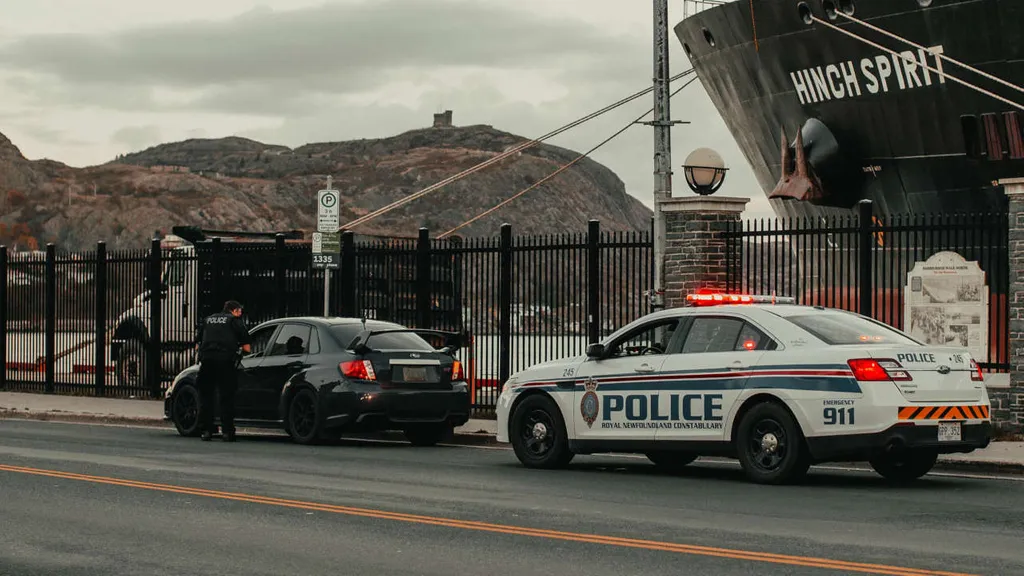 |
| Photo: ProsVsCons |
According to Fail to Remain, anyone involved in an accident must stay at the scene or go back there right away. The person who is involved must also give the required information to the other driver or drivers.
Your name, address, driver's license number, the name and address of the registered owner of the car, the policy number, and your name and address are all needed pieces of information. You may be guilty of "fail to remain" if you disregard any of these conditions. You can be subject to some very severe punishments because of how serious this offense was.
Penalties upon conviction for Fail to Remain are:
• 7 demerit points
• $200.00 - $2000.00 fine
• A possible suspension of your driver's licence for a period of no more than 2 years
• A possible term of imprisonment for up to 6 months
The most frequent time that someone is accused of careless driving is after a collision. It is a very inclusive charge that covers a wide range of circumstances. Driving a motor vehicle without exercising reasonable caution or consideration for other road users is the charge's brief description.
Since the definition of this offense is so vague, the court will decide how to interpret it. The severity of the penalties for being found guilty of careless driving makes it imperative that you retain legal counsel. Following are the sanctions for being found guilty of careless driving:
• 6 Demerit Points
• A possible suspension of your driver's licence for a period of no more than 2 years
• A possible term of imprisonment for up to 6 months
Racing or stunt driving, such as "squealing" the tires or attempting a very risky maneuver You will receive a seven-day roadside suspension of your driver's license as soon as you are charged with stunt driving. Additionally, your car will be impounded for seven days at your expense. Penalties for racing or reckless driving include:
• 6 demerit points
• $2,000.00 - $10,000.00 fine
• A possible suspension of your driver's licence for a period of no more than 2 years
• A possible term of imprisonment for up to 6 months
Speeding. The penalties for speeding are based on how many kilometers over the speed limit you were allegedly traveling at:
• 0-15km over: 0 demerit points
• 16-29km over: 3 demerit points
• 30-49km over: 4 demerit points
• 50+ km over: 6 demerit points, suspension of your driver’s license. (**Note, if you are traveling at a rate of speed at 50 or more kilometers over the limit you can also be charged for stunt driving/racing/excessive speed under section 172 of the Highway Traffic Act**)
When you fail to come to a complete stop at a stop sign or red light, you have committed the offense of Red Light - Fail to Stop. If you do not come to a full and complete stop, it is against the law, regardless of whether it is clear to go. This offense might seem like a fairly minor infraction, but the consequences might increase your insurance costs and have an impact on your driving record for three years. Penalties:
• 3 demerit points
• $85.00 set fine
• A conviction on your driving record for three years
Seatbelt violations include failing to properly fasten a seatbelt on the driver or passenger of a motor vehicle, failing to ensure that children under the age of 16 are fastened, failing to occupy a seatbelt-required position, and operating a vehicle with a seatbelt that has been removed or rendered inoperative.
Turn violations include, but are not limited to:
• Not signaling
• Improper left or right turns
• Unsafe turns
• Failing to avoid a collision, etc.
Anyone operating a motor vehicle without a current driver's license is subject to the Drive No Licence law. You are still guilty of this offense even if you hold a valid driver's license that expires and is not renewed. Your driving record will reflect this infraction for three years, which may have a big impact on your insurance rates.
Upon conviction of “drive no licence” the penalties are:
• $325.00 Fine
• A conviction on your driving record for 3 years
Driving with a Suspended Licence carries an automatic six-month suspension of your drivers licence. Your license could be suspended for a number of reasons, including but not limited to:
→ Unpaid fines
→ Medical reasons
→ Alcohol related offences
→ Demerit points
If this is the first time you have been charged with Drive under Suspension, you are facing the following penalties:
→ A fine not less than $1,000 and not more than $5,000 (**Note: If your license is suspended from certain convictions under the Criminal Code of Canada, the fine is not less than $5,000 and not more than $25,000**)
→ A mandatory 6 month suspension of your driver’s license
→ A possible term of imprisonment of not more than 6 months
For each subsequent offence:
→ A fine of not less than $2,000 and not more than $5,000 (**Subsequent offences related to the Criminal Code: fine of not less than $10,000 and not more than $50,000**)
→ Suspension of your driver’s license
→ A possible term of imprisonment
Driving without Insurance is the act of any motor vehicle owner operating or allowing the operation of their vehicle without a current proof of insurance. Although it may seem expensive to pay for insurance on a monthly basis, there are severe financial consequences for driving without insurance. Driving without insurance is an extremely serious offense with severe punishments for anyone found guilty. The following consequences result from driving without insurance:
- For a first conviction - $5,000 fine + 25% surcharge = $6,250
- For a second conviction - $10,000 fine +25% surcharge = $12,500
- You could also be facing a suspension of your drivers licence for up to one year.
Fines on Speeding Tickets
| Speed | Fine | Demerits |
|---|---|---|
| 10 | $40.00 | 0 |
| 11 | $42.50 | 0 |
| 12 | $45.00 | 0 |
| 13 | $47.50 | 0 |
| 14 | $50.00 | 0 |
| 15 | $52.50 | 0 |
| 16 | $55.00 | 3 |
| 17 | $57.50 | 3 |
| 18 | $60.00 | 3 |
| 19 | $62.50 | 3 |
| 20 | $95.00 | 3 |
| 21 | $108.75 | 3 |
| 22 | $107.50 | 3 |
| 23 | $111.25 | 3 |
| 24 | $115.00 | 3 |
| 25 | $118.75 | 3 |
| 26 | $122.5 | 3 |
| 27 | $131.25 | 3 |
| 28 | $136.50 | 3 |
| 29 | $138.75 | 3 |
| 30 | $220.00 | 4 |
| 31 | $225.00 | 4 |
| 32 | $232.00 | 4 |
| 33 | $236.00 | 4 |
| 34 | $259.00 | 4 |
| 35 | $265.00 | 4 |
| 36 | $271.00 | 4 |
| 37 | $277.00 | 4 |
| 38 | $283.00 | 4 |
| 39 | $298.00 | 4 |
| 40 | $295.00 | 4 |
| 41 | $301.00 | 4 |
| 42 | $317.00 | 4 |
| 43 | $323.00 | 4 |
| 44 | $329.00 | 4 |
| 45 | $335.00 | 4 |
| 46 | $341.00 | 4 |
| 47 | $347.00 | 4 |
| 48 | $353.00 | 4 |
| 49 | $359.00 | 4 |
| 50 + | No Set Fine - Must attend court | 6 |
How to Check the Status of a Traffic Ticket or Fine Online
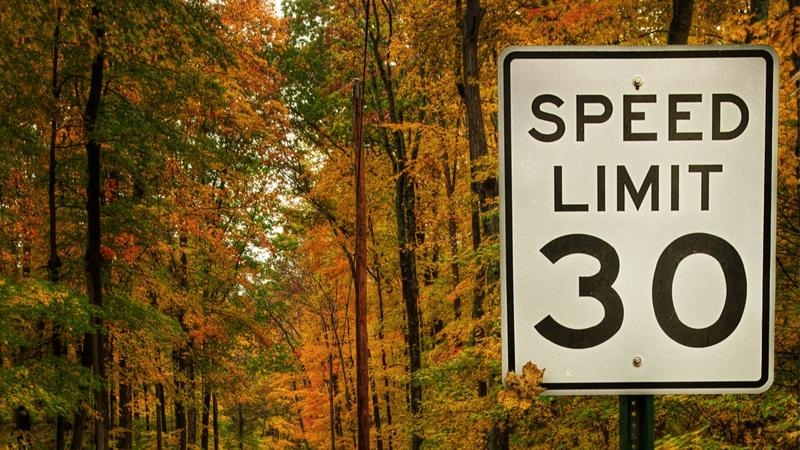 |
| Photo: Shutterstock |
You cannot check the status of tickets or fines for:
→ criminal matters
→ parking tickets
→ cases under appeal
→ cases with publication bans
→ charges involving anyone under 16 years of age
Before you search for a ticket
Make sure you have the location code and offence number printed on your ticket or notice, so you can look up your case.
If you’ve received a “summons” (an order to appear in front of a justice of the peace) you will need the case number on the summons. If you don’t have this information, or you’ve lost your ticket, contact the municipal court office in the jurisdiction where your ticket or fine was issued.
How to Pay: Fines and restitution payments
Payment of court-ordered fines and reparations can be made at a registry. You can verify that you have paid the right fine by looking at the file numbers shown on your Fine Order or ticket. All payments will be acknowledged with a receipt.
Payment options:
♦ Online payment with a credit card.
♦ Telephone with a credit card. Call toll free to the court registry nearest you.
♦ Mail a cheque or money order to a court registry.
♦ In-person visit to a court registry.
Your ability to renew your driver's license or vehicle registration could be jeopardized if you have outstanding fines. Keep in mind that the DOT's payment processing system may require up to 24 hours to reflect your payment.
The fine option program allows people who cannot pay their fines to do community service in its place.
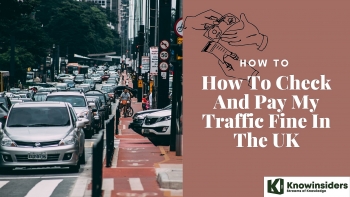 How To Check and Pay The Traffic Fine Tickets Online In The UK How To Check and Pay The Traffic Fine Tickets Online In The UK It is important to understand traffic rules and knowledge about fines and tickets when you decide to live in the United Kingdom. |
 How To Check and Pay The Traffic Fine Online In The U.S How To Check and Pay The Traffic Fine Online In The U.S Understanding traffic fines in the United States might be complicated, especially when you get yourself caught for violating the laws. |


























